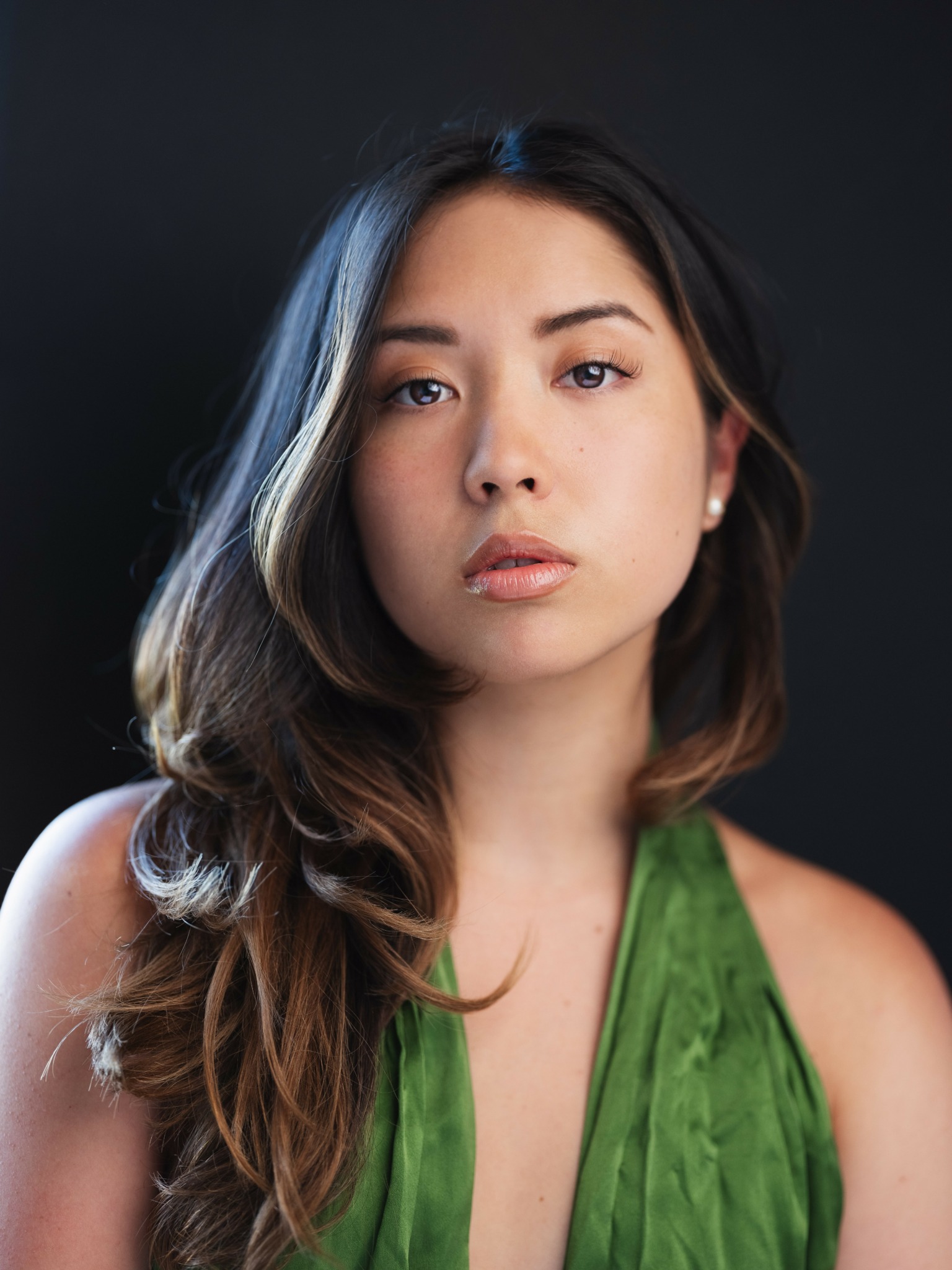We were lucky to catch up with Daniela Ichiyanagui recently and have shared our conversation below.
Daniela , thanks for joining us, excited to have you contributing your stories and insights. What’s been the most meaningful project you’ve worked on?
One of the most meaningful projects I’ve worked on was the 1837 Blue® Conservation Campaign by Tiffany & Co., shot at their flagship store in New York and at Times Square. What made it so impactful wasn’t just the prestige of the brand, but the message behind it. The campaign was created as a case study for the Cannes Lions Festival—widely regarded as the most prestigious global stage for excellence in creativity, celebrating sustainability and legacy through a contemporary lens. Being selected as part of the cast—especially as a Latina and Asian actress—felt like a powerful affirmation that there’s space for diverse stories and faces in high fashion and global media.
It was also meaningful because it came at a pivotal moment in my career, just as I had graduated from the Lee Strasberg Theatre & Film Institute and was navigating life as an international artist in New York. To be trusted with a project of that scale, and to witness how art, advertising, and activism could come together, reminded me of why I chose this path in the first place. It affirmed that I could bring my full identity—cultural, artistic, personal—into my work.
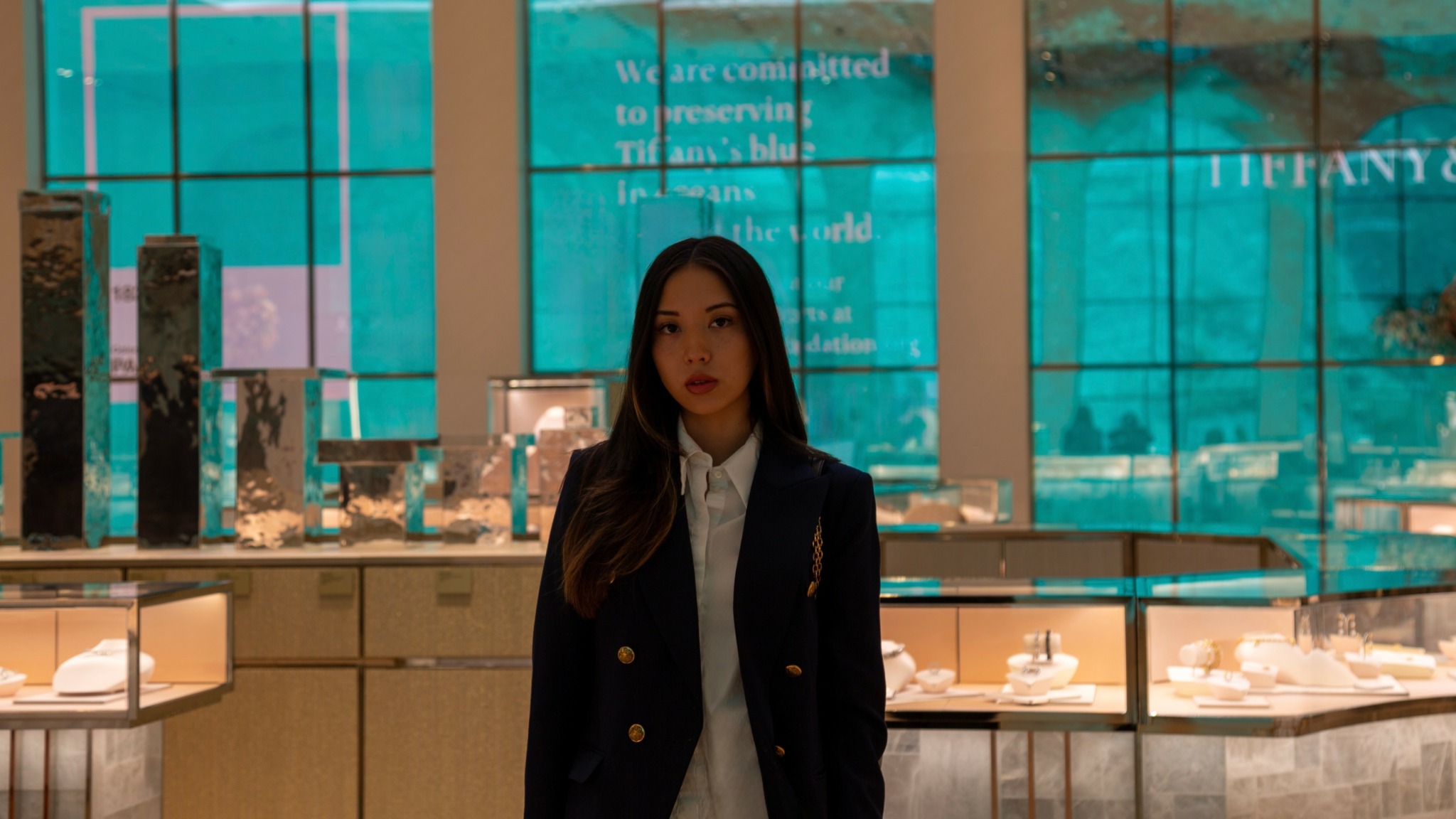
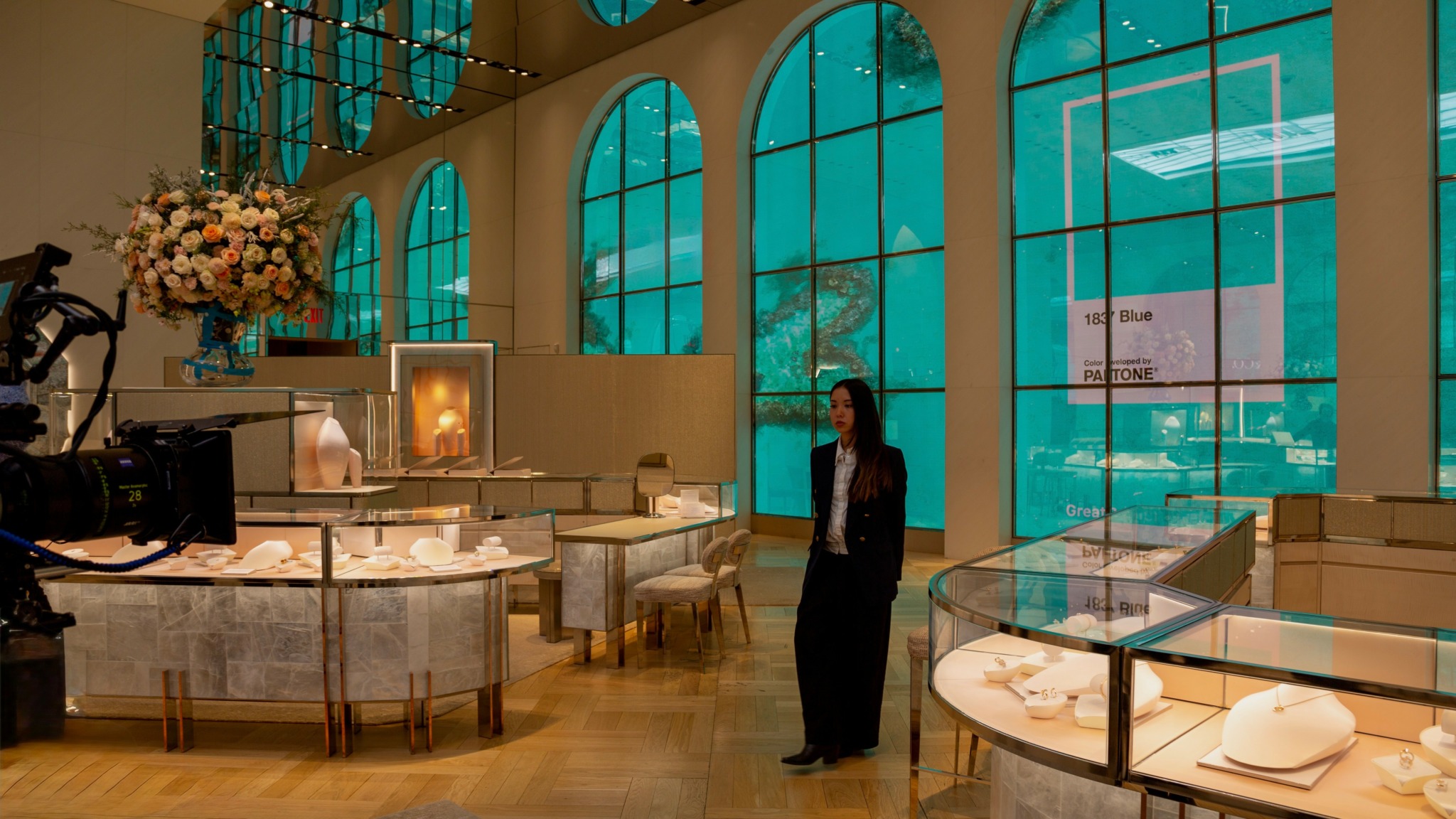
Great, appreciate you sharing that with us. Before we ask you to share more of your insights, can you take a moment to introduce yourself and how you got to where you are today to our readers.
I’m Daniela Ichiyanagui, an actress, pianist, and photographer from Lima, Peru, currently based in New York City. I’ve trained at institutions like the Lee Strasberg Theatre & Film Institute, RADA, Royal Central School of Speech and Drama and Stella Adler, and my work spans across theater, short films, commercials, and international campaigns. My creative journey started early through classical piano and visual storytelling, but it was acting that gave me the clearest language to explore identity, emotion, and human connection.
As an artist of Peruvian, Japanese, and Spanish descent, my work is often rooted in themes of belonging, memory, and cultural in-betweenness. I’m passionate about challenging the stereotypes placed on Latinas and Asian performers and opening space for nuanced, intersectional stories. I believe in the power of subtlety and silence on screen as much as boldness on stage, and I’m drawn to projects that are emotionally honest, visually striking, and culturally resonant.
What sets my work apart is my multidisciplinary perspective — I approach each character not just as a performer, but as someone with a visual eye, a musical ear, and a deep curiosity about people. I’ve worked on global campaigns like Tiffany & Co.’s 1837 Blue® Conservation Campaign, appeared in Off-Broadway plays like A Sketch of New York, and acted in independent short films that spotlight underrepresented voices. Each project I take on is a chance to connect, to shift perception, and to leave something a little more honest behind.
I want audiences and collaborators to see me as someone who brings range, depth, and presence — someone who can move between genres and cultures while remaining truthful. My goal is not just to be seen, but to help others feel seen through the stories I help tell.
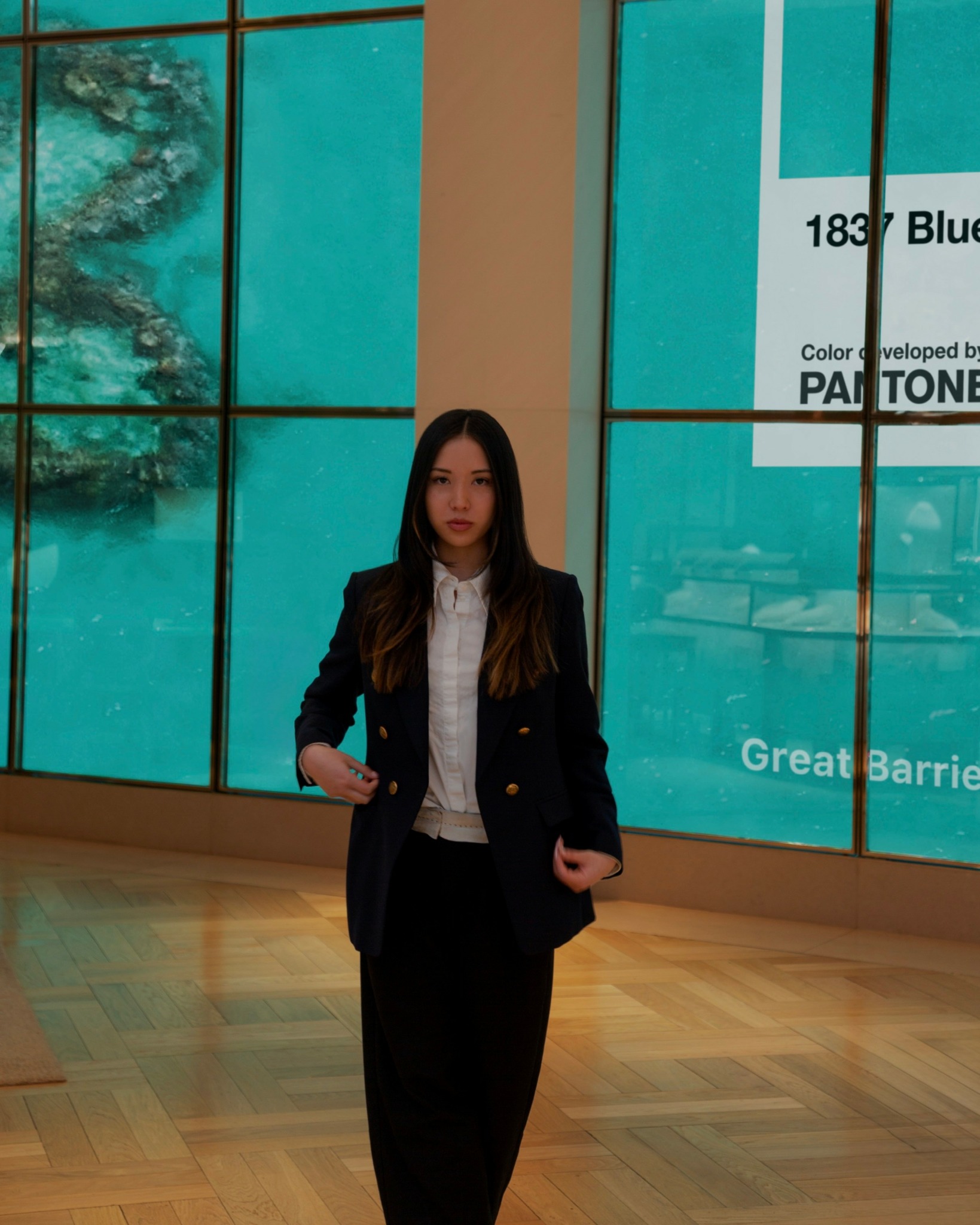
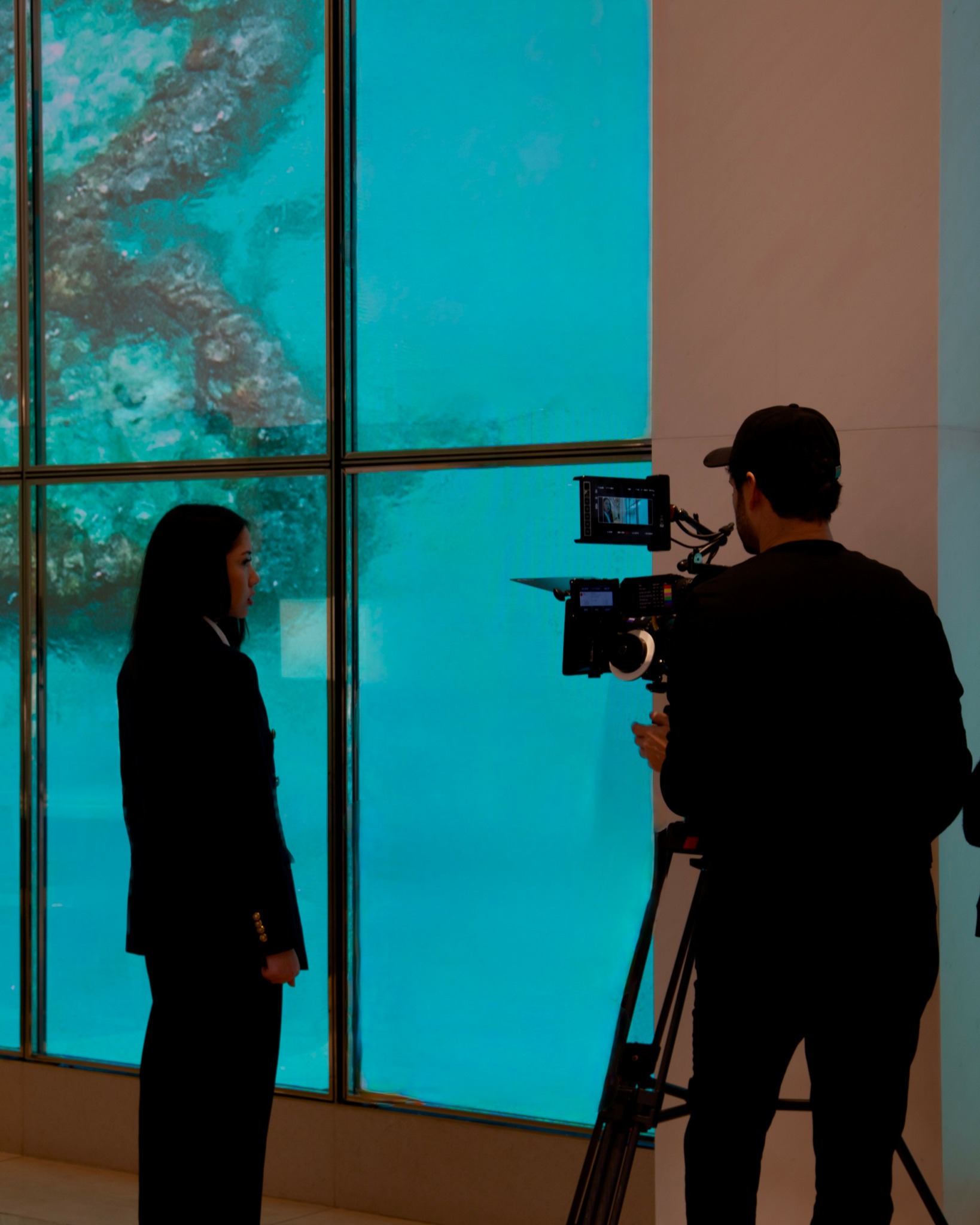
Any resources you can share with us that might be helpful to other creatives?
I wish I had known earlier how much strength there is in complexity. As someone with Peruvian, Japanese, and Spanish heritage, I spent a lot of time trying to fit into a version of myself that would be easier to define—easier to cast. I didn’t realize at first that the richness of my background, with all its intersections and nuances, could actually be one of my greatest tools as an artist.
What I needed back then were more examples—actors who looked like me, who spoke multiple languages, who didn’t fit into a single category and still carved out space to thrive. I also wish I had known how important it is to care for your mental health in this industry. The rejection, the uncertainty, the constant pressure to prove your worth—it can be so heavy, especially when you feel like you have to represent entire communities every time you walk into a room.
No one really talks about the emotional toll of that. I wish there had been more open conversations around the psychological resilience it takes to keep going, and that I had found spaces of support earlier—places where vulnerability and ambition could coexist.
Now, I’ve come to see that being layered, sensitive, and culturally complex is not a weakness—it’s where my strength lives. It’s what helps me connect with characters, with audiences, and with myself.
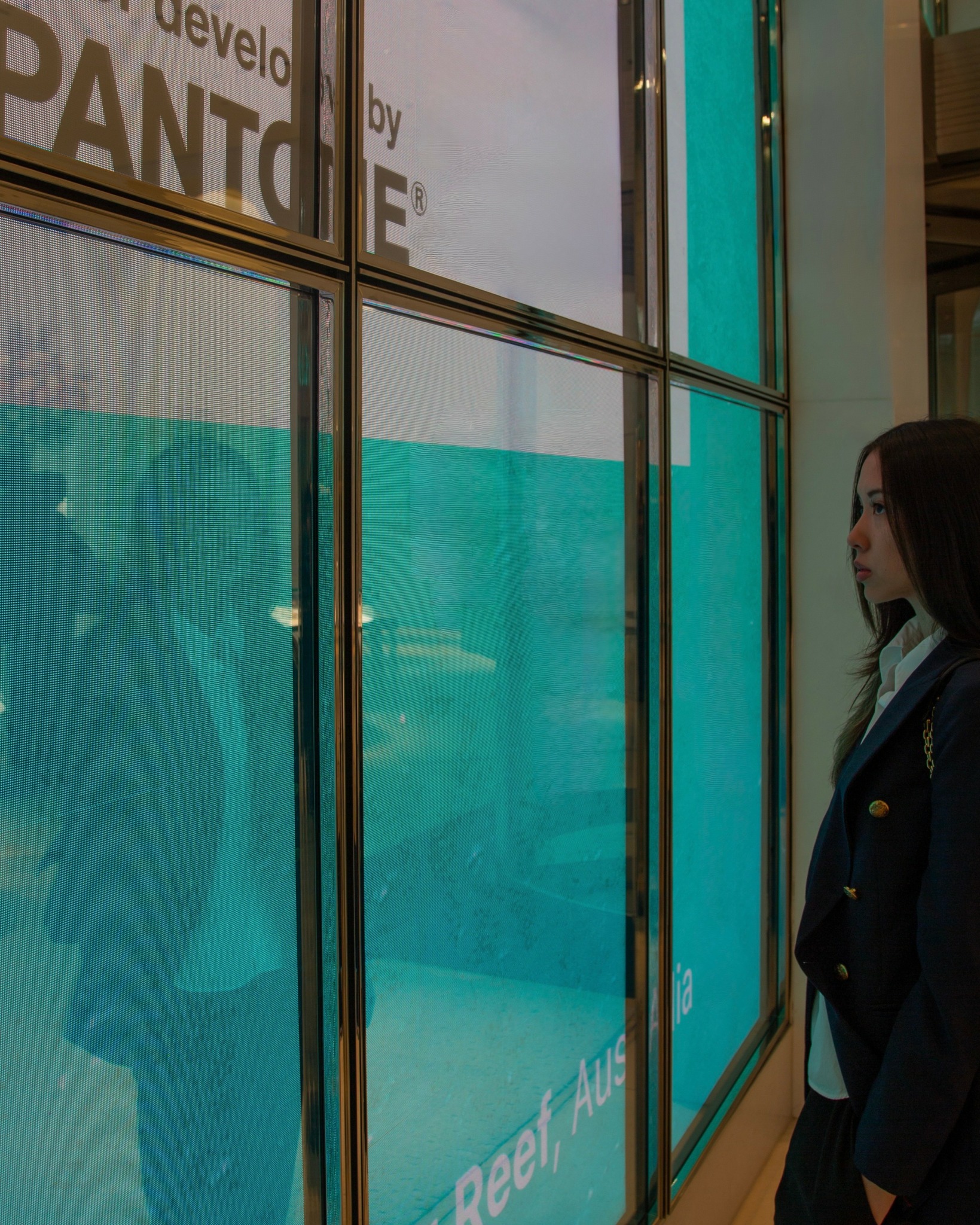
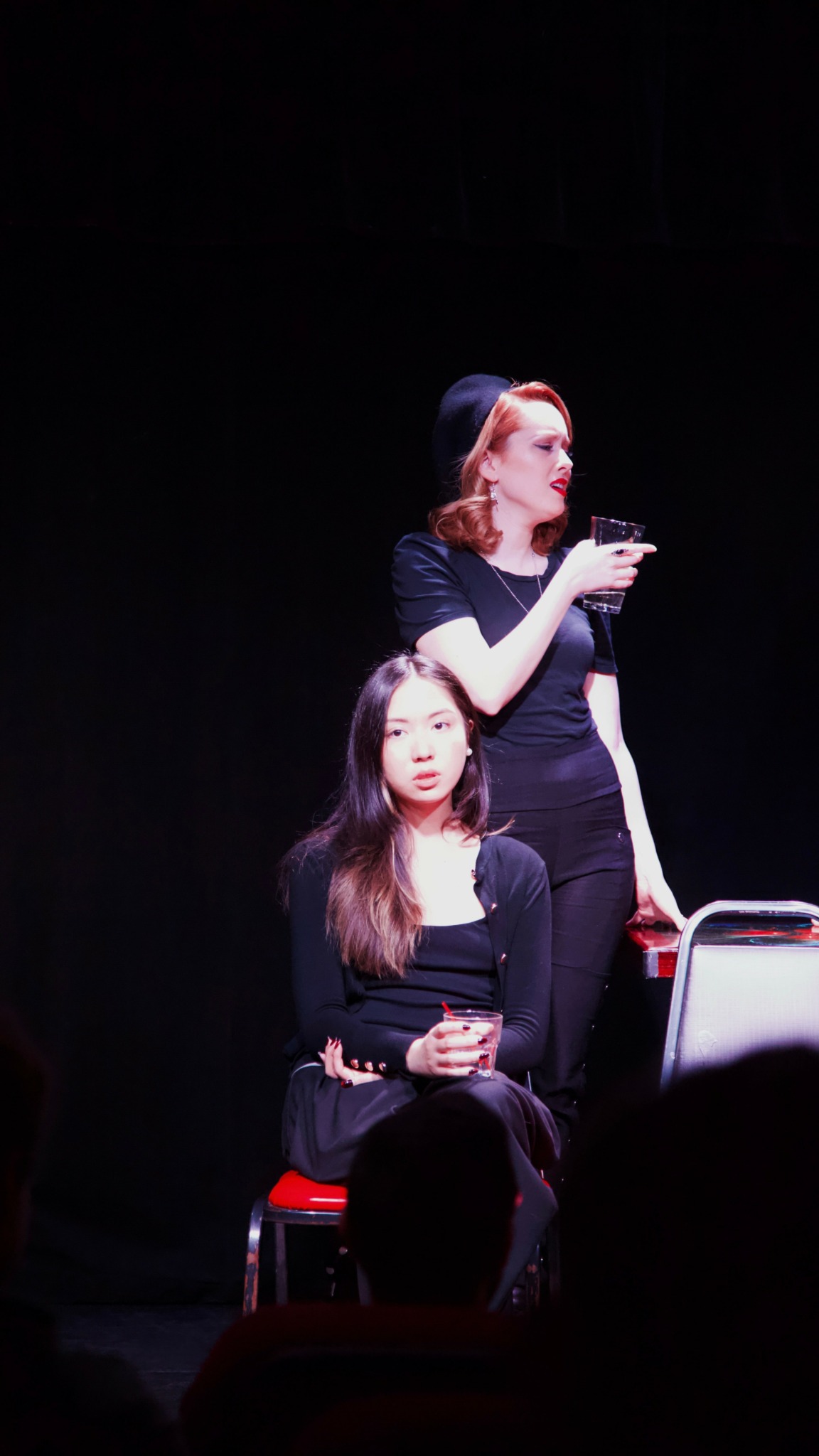
For you, what’s the most rewarding aspect of being a creative?
For me, the most rewarding part is when someone sees a part of themselves in the work—even if we come from completely different backgrounds. That moment of connection, when something I’ve done makes someone feel seen, understood, or just less alone—that’s everything. Art has this quiet power to validate people’s emotions and stories in ways that language sometimes can’t. As someone who often felt “in-between” cultures growing up, creating that kind of emotional bridge for others feels deeply personal and healing.
Contact Info:
- Website: https://danielaichiyanagui.com
- Instagram: https://www.instagram.com/danielaichiyanagui
- Linkedin: https://www.linkedin.com/in/daniela-ichiyanagui
- Youtube: https://www.youtube.com/@danielaichiyanagui
- Other: TikTok: https://www.tiktok.com/@danielaichiyanagui
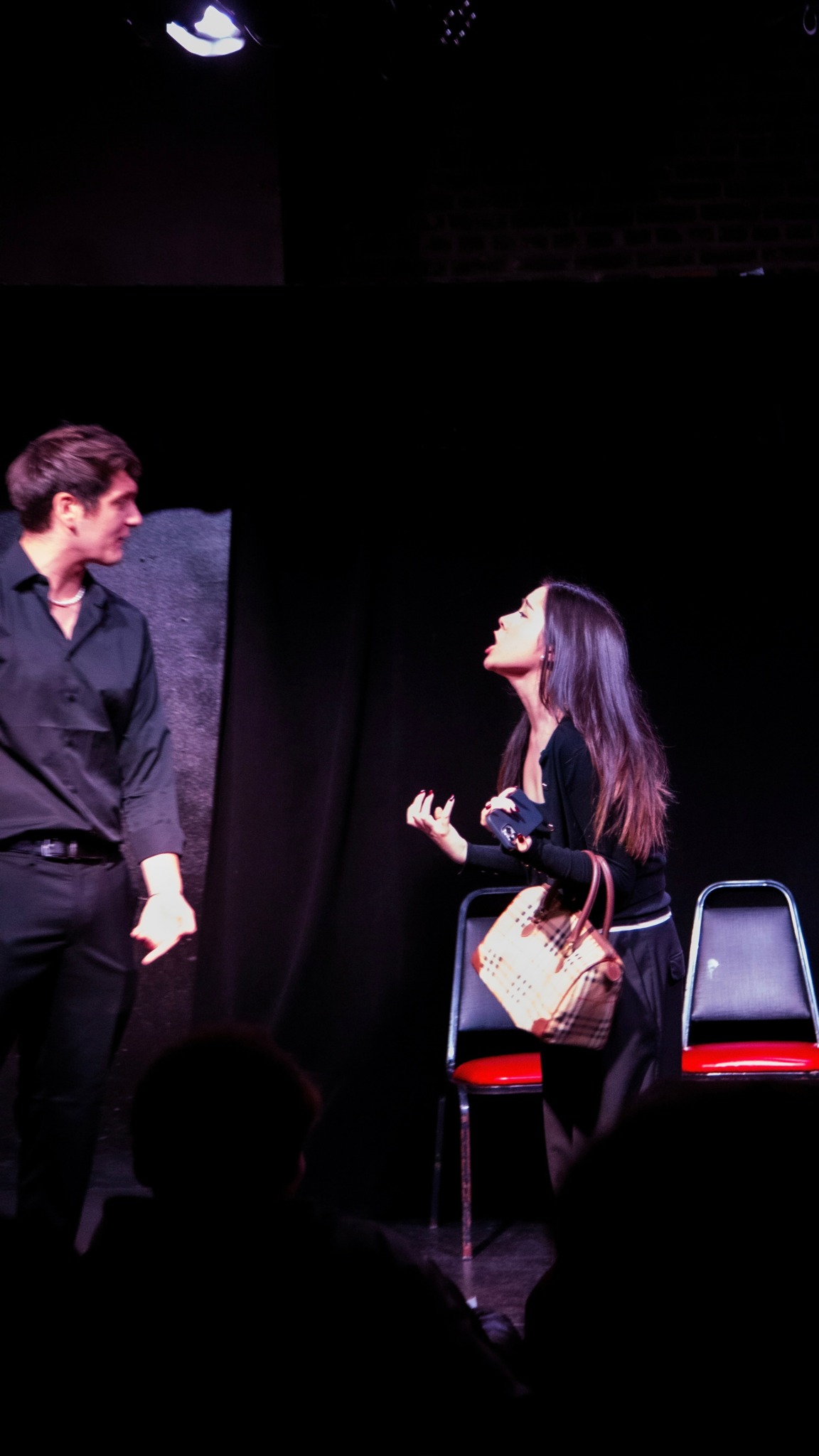
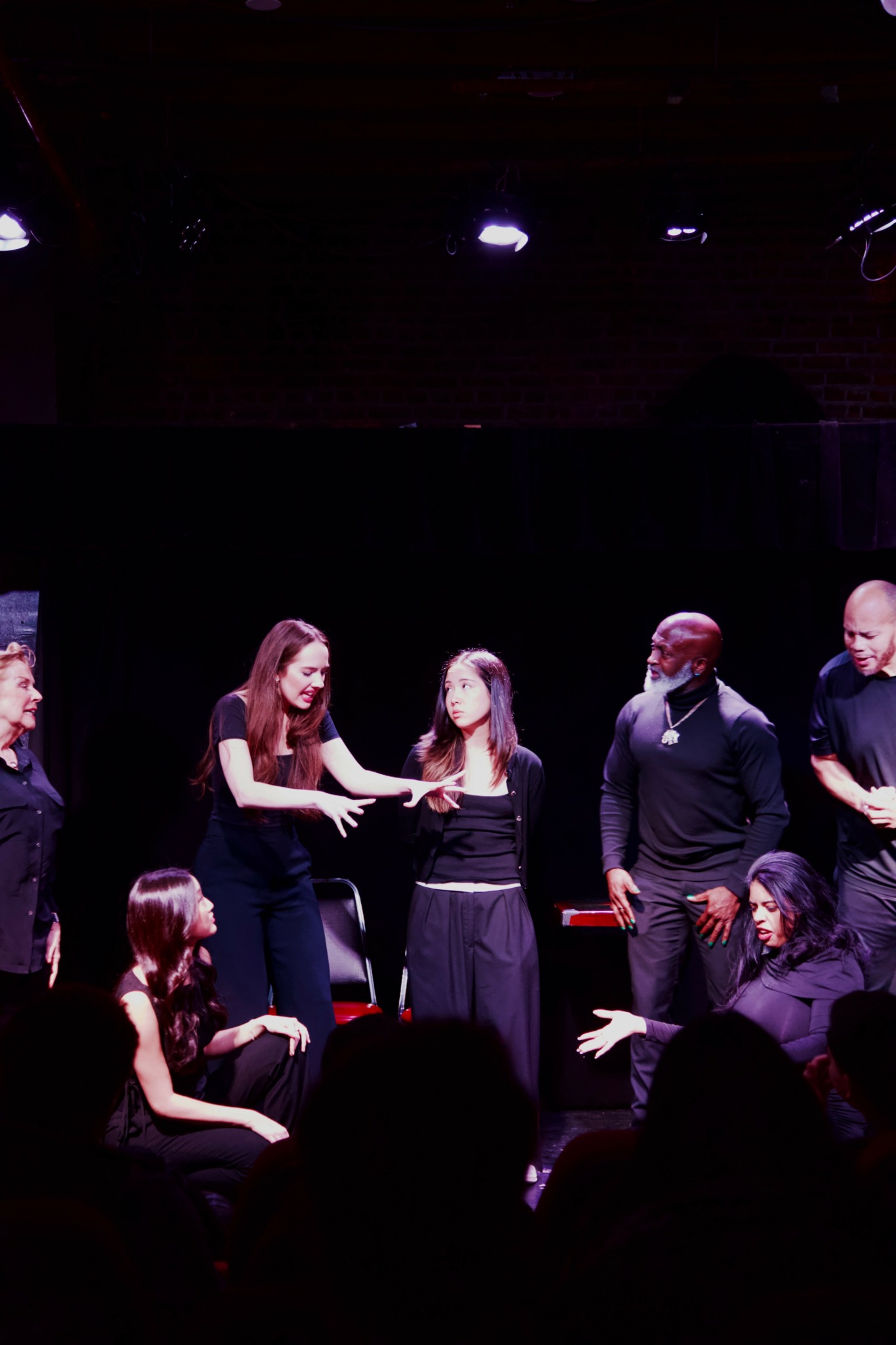
Image Credits
Headshot by Thomas Brunot


